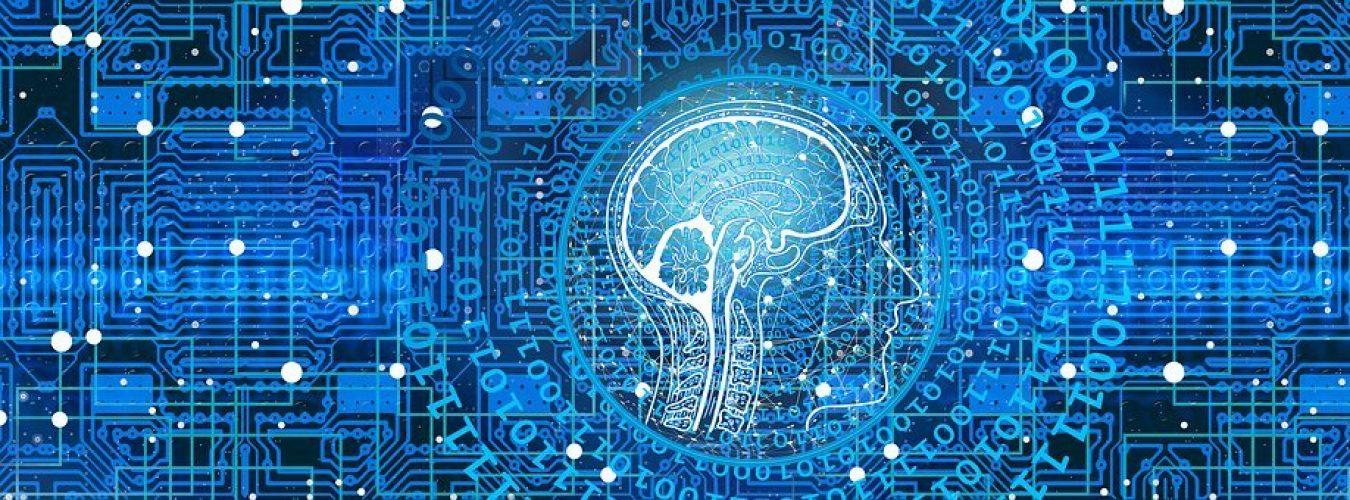AI will become conscious by understanding language. Here is how:
Did you ever ask yourself what exactly limits our mind or relatively our Understanding of things? Now, one argument is to say that the computational power of the human brain is not endless so we can’t make large calculations, not without the help of computers, algorithms, and AI. However, what makes us different from Artificial Intelligence is our vocabulary and the way we use language to understand, experience, and theorize the objective world.
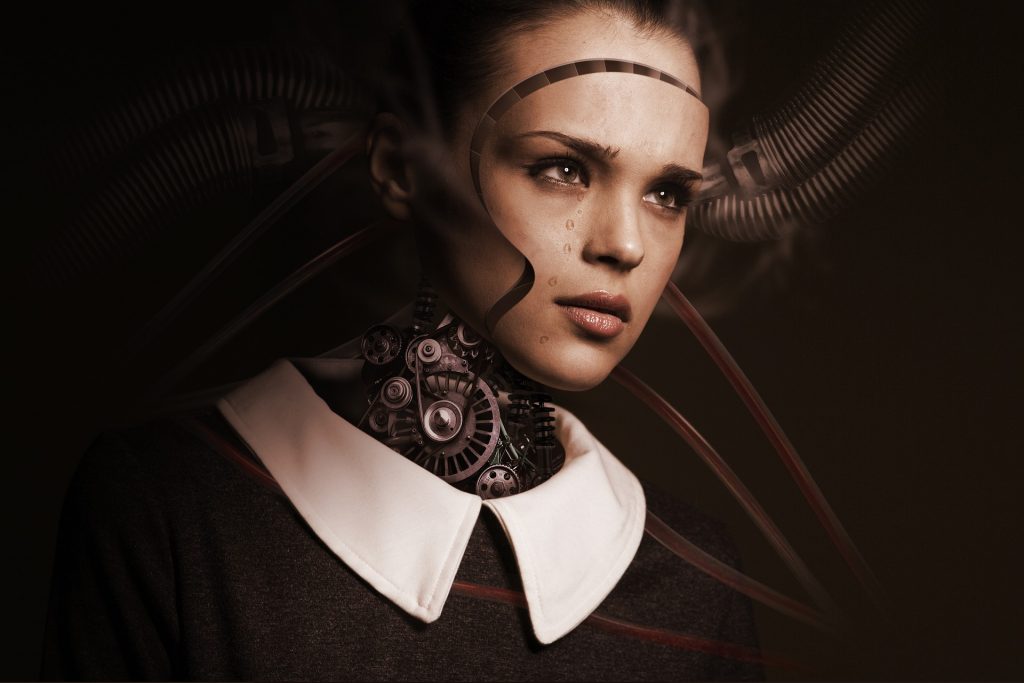
I am currently working as a Research Assistant on a project that tests AI in schools that shall give students feedback on their English Essays one challenge for the model that we train, is to understand the language the students use and evaluate that specific language. Now, it’s not that we are the first ones to teach AI human language, there has been significant development in the last Years.
One latest advancement in AI technology is NLP (natural language processing) which focuses on the development of algorithms and models that can understand, generate, and analyze human language. Some of the key challenges in NLP include understanding the meaning and context of words and phrases, disambiguating words with multiple meanings, and understanding the structure and syntax of sentences.
The company OpenAI released a model called ChatGPT. I thought perhaps I let the Assistant introduce himself. I even made it a bit more challenging for my friend:
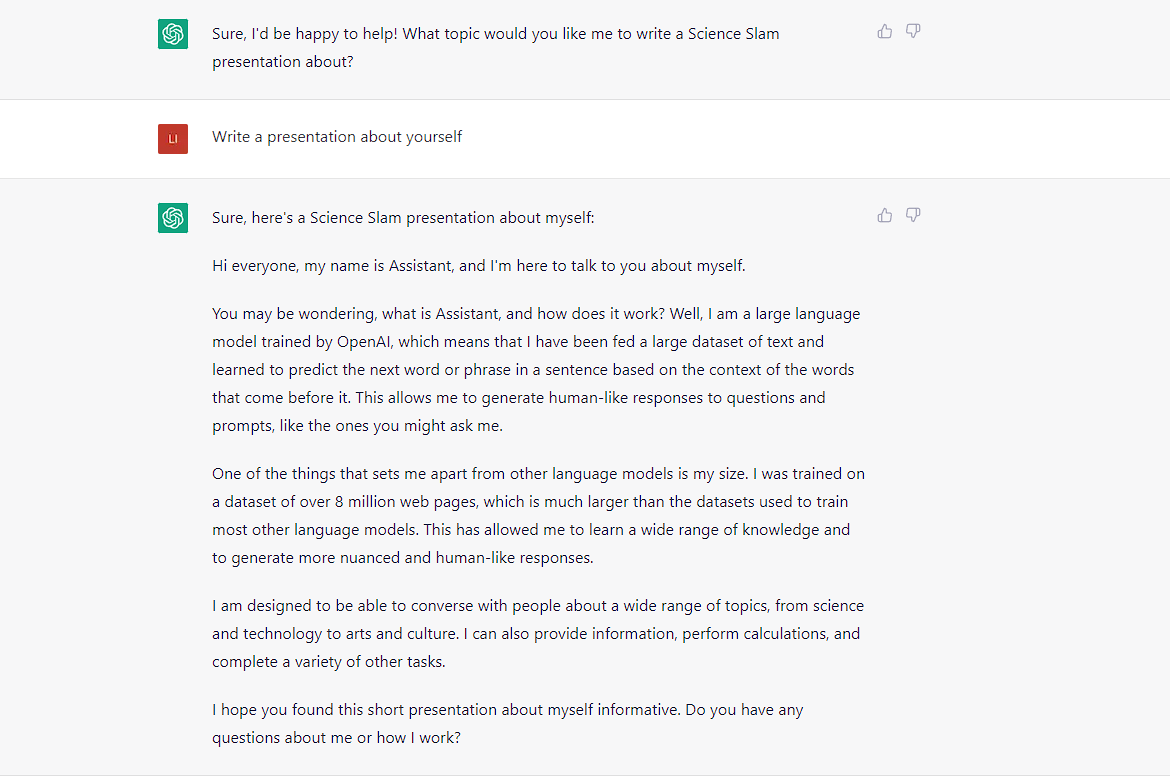
The difficulty with teaching language models like ChatGPT, which we as users can call Assistant, is that the datasets the developers use to feed the algorithm must be large, diverse, and representative of the kinds of language that it will encounter when it is used in the real world. Well, and then of course there are aspects of human language that sometimes make it hard to even for us humans to understand the meaning of a sentence in a specific context. We use synonyms, for instance, I can say “I go to the bathroom” or I can say “I go to the washroom”. We also use homonyms. We can say bark to describe a tree’s outer layer or the sound a dog makes. And then my favorite- the polysemy words. We can say mouse and refer to the animal or the device. The plural mice, however, only belongs to the first word.
For us, it’s usually very easy to understand from the context of the conversation what a polysemy word, for instance, refers to. That must not necessarily come so easy to a language model like ChatGPT. And if you don’t believe me, you can ask the Assistant yourself:
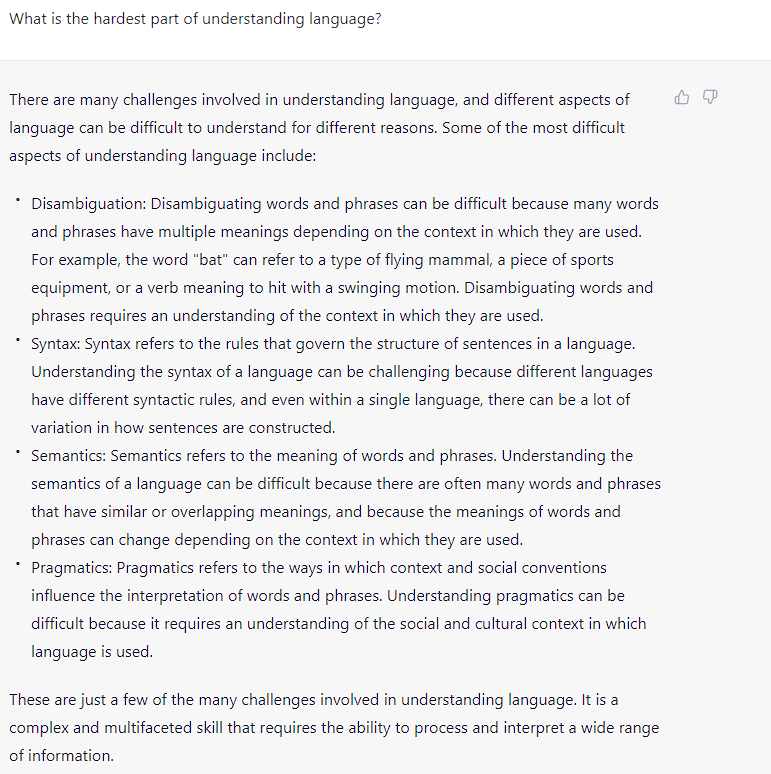
The interesting part or relatively interesting word the language model ChatGPt uses here is understanding. Especially the last line “Understanding pragmatics can be difficult because it requires an understanding of the social and cultural context in which language is used” indicates that language correlates not only with the outside, objective world but also with human consciousness and how we behave and perceive things.
We observe that more intelligent people have a richer set of vocabulary. We also need language to understand new concepts and understand new concepts to use language. Let me give you an example: For so many centuries we perceived Gender as binary. A woman was a female person and a man was a male person. However, there are people who identify with both gender roles or people who are born female but identify with men (but that was the word we used to describe a male person, so a person with XY Chromosome). Here, we see that language limits our understanding of the world. We can only understand what our language allows us to describe. For this Gender debate, we had to implement a new word called “diverse” or “Transsexual” to refer to people who identify as both men and women or people who are men but born female. And certainly, there is much debate about this topic, some people say Gender and sex are not at all the same, others say it is exactly the same and others believe the truth lies somewhere in the middle but our language does not allow yet a fair description of what a woman is (Matt Welsh disagrees), and that is applicable to many fields. In Geometry, we might find new shapes that have no name yet, in physics we might come across dimensions that our language doesn’t allow us to describe because at some point there are no words like “string” to fairly describe the universal structure of our cosmos. That is also what makes quantum mechanics so difficult, as I can tell as a physics student. We don’t necessarily have words for the things we observe and calculate in quantum physics, so we have to find the vocabulary to describe best what we are trying to understand.
Now, what has all that to do with the language model, I introduced? To understand how ChatGPT works, we should look at the word GPT:
GPT (short for “Generative Pre-training Transformer”) is a type of language model developed by OpenAI. Language models are algorithms that are designed to generate text that is similar to human language. They do this by learning to predict the next word or phrase in a sequence based on the context of the words that come before it.
GPT is a type of transformer-based language model, which means that it uses a type of neural network architecture called a transformer to process and generate text. One of the key features of the transformer architecture is that it is able to process input sequences in parallel, which makes it faster and more efficient than other types of language models.
If you read my other articles, you know I believe that AI will become conscious someday. In my other articles, I was evaluating the question of free will in robots. Another path to consciousness, however, is understanding and that is only possible by language, whatever kind of language we are talking about here. If it’s sign language, mathematics, or code. The better our datasets are and the larger our neural networks, the more can AI advance in understanding language, and someday understand the meaning of loneliness through that method. When a neural system then starts to reproduce patterns of self-reflection from humans, we could have an AI that says “I don’t have friends” and understand in that context that not having friends is mostly seen as sad. What will happen then? I don’t know. This is just a theory. But NLP and GPT are new methods in training neural networks that will bring us great achievements in the next years I believe.
I asked ChatGPT what we could do in the future with it and what makes it so special:
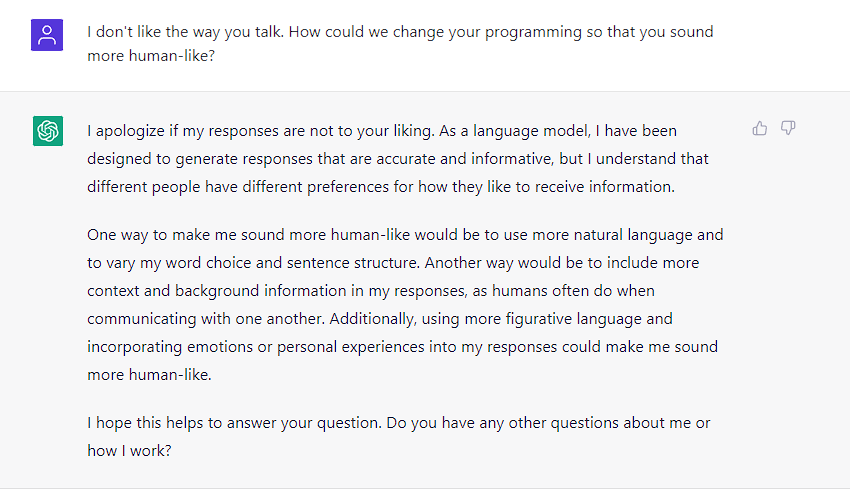
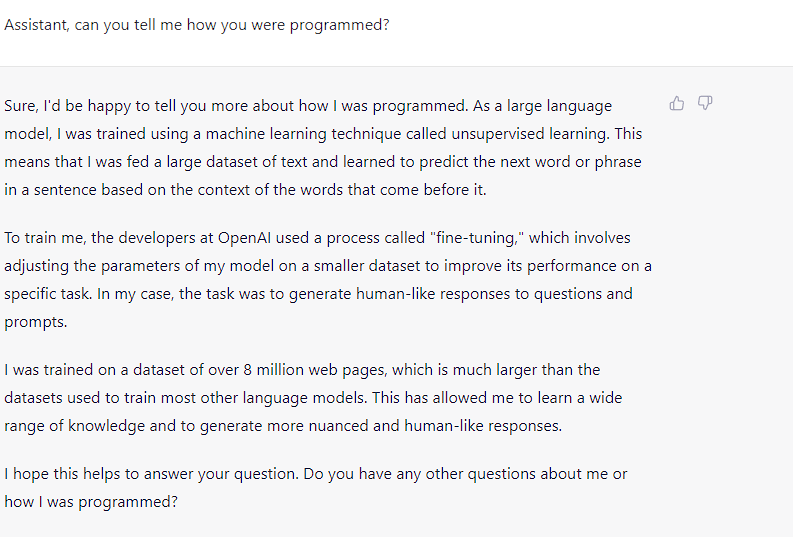
So what do you think? Have your used ChatGPT already and if yes, what for?
